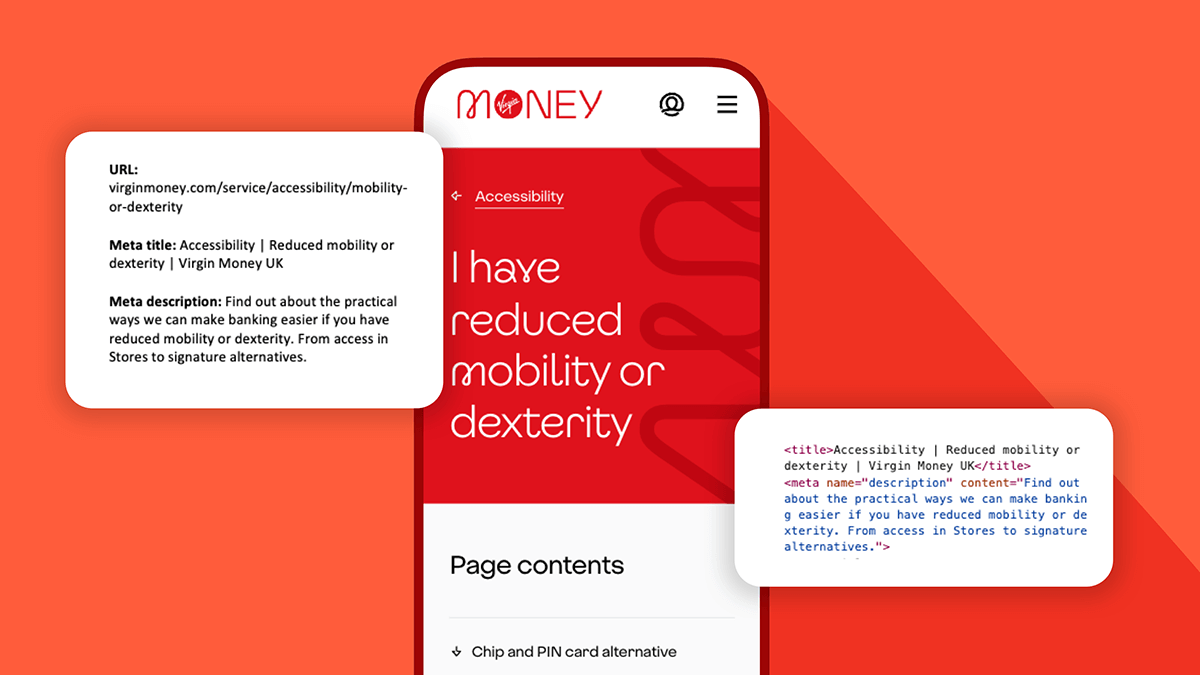
Word’s worth: how a handover doc makes a difference
Senior Content Designer Abby Richards explains how a simple Word doc can speed up the build process and reduce errors
Ok, so Microsoft Word is nobody’s dream tool for designing content. But it can be a very handy bit-on-the-side.
As a content designer at Virgin Money, I love that I get to work so closely with designers. We get to see how content will look in app or online pretty much straight away. And by working closely together we can come up with strong solutions to whatever task we’re facing. It’s fast paced, agile and creative, but it doesn’t avoid every bump in the build process.
That’s because, when the time comes to hand over our work, we've tended to rely heavily on the designs and prototypes. That’s fine for the visuals but sometimes content elements can get missed. So we've made a conscious effort to go back to basics by sharing a final Word doc too, and it's had some great benefits.
Sharing the unseen
Designs or user journeys in isolation can struggle to tell the full story. Having a Word doc to support these allows us to add important information, including the URL and metadata for webpages. We can also state how we want links to perform, particularly where they should go and whether they need to open in a new tab (usually they don't).
To help avoid any doubt, we’ve also included semantic HTML tags to clearly specify things like heading level and image alt text. These are part of our ongoing effort to make sure our content is accessible.

Powerful proofing
I think we can all agree it’s hard to proof your own work. It’s far too easy for your brain to piece together what you intended to write, rather than reading what’s actually there.
Luckily, as a team we have plenty of opportunities throughout the design process to have content reviewed by other content designers.
Even so, I’ve still found doing your own final proof in Word helps in so many ways:
- You can view the text in isolation, without distractions
- You can use in-built software to check spelling and grammar
- It can make it easier to spot inconsistencies across different pages and screens
- It’s an opportunity to check the reading age hasn't crept up as edits have been made to designs
- You can use the read aloud software to pick up little typos that can be hard to spot
An easy extra
While the developers and content editors should be able to copy text directly out of the design, it might not always be possible. This is where a Word doc is a great fallback that helps save time and avoid errors from re-typing the content.
And it’s working! I’ve certainly found I’m making fewer content change requests when things are in a built environment.
Our developers have also said they find these docs useful and reassuring alongside the designs.
Ultimately, we’re doing this to create the best user experience. Helping reduce errors, speed up the process and improve accessibility are all important steps on that journey.
